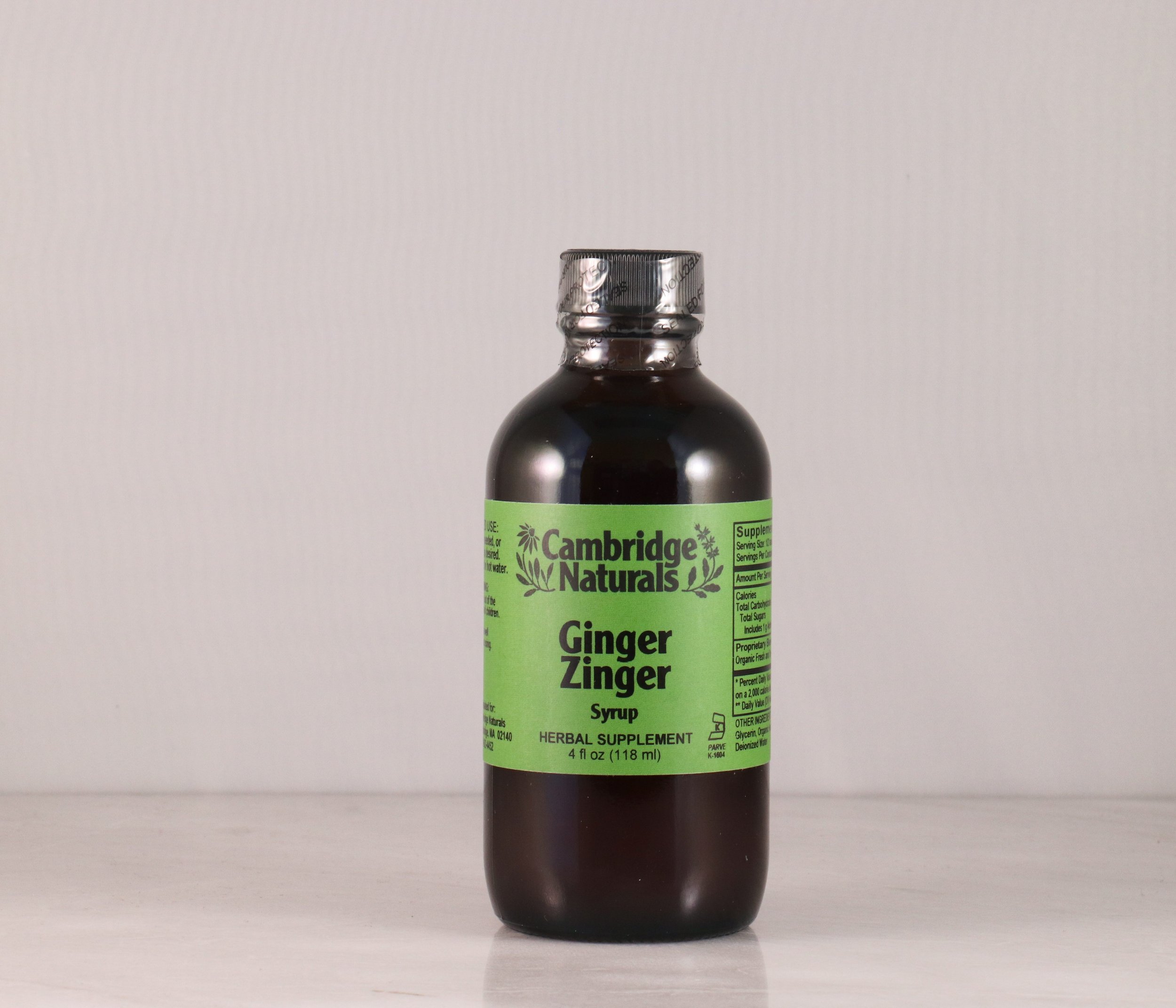By Steph Zabel,
Herbalist, Ethnobotanist and Educator
“How
Did the rose
Ever open its heart
And give to this world
All its
Beauty?
It felt the encouragement of light
Against its
Being,
Otherwise,
We all remain
Too
Frightened.
”
The Rose family (Rosaceae) is one of the most beloved group of plants —humans have had a deep love for Rose and her relations for thousands and thousands of years. Not only does this family produce beautiful flowering plants such as spirea, potentilla, lady’s mantle, agrimony and hawthorn, but also important fruit crops such as pears, peaches, plums, cherries, quinces, almonds, raspberries and strawberries.
What would our world be like without these delights?!
Of all these family members, Rose is the most well-known and sought-after. She is the true queen of flowers.
We all know Rose as the symbol of love and beauty but its use as an herbal remedy is less known. However, the gifts of this flower are plentiful.
Rose petals are cooling and astringent, which makes it useful in cases of heat or inflammation in the body. I like to mix rose petals (from pink or red flowering species) in tea blends to drink on hot summer days. Rose helps to cool heat that exists in the body, whether it manifests as hot, inflamed skin conditions or as internal heat in the gut, such as ulcers, colitis or Crohn’s. High in bioflavonoids, rose is also a wonderful cardiovascular tonic which helps to strengthen vascular function and support proper circulation in the body.
All roses will develop hips once their flowers fade, which are a delicious wild edible. They are nutritive and tart, and can be infused into a tea that is high in many vitamins, especially Vitamins A and C. Even though citrus fruits get all the glory for being a great source of Vitamin C, rosehips actually contain a higher concentration of this important vitamin and are in fact one of the richest botanical sources of it. This makes rosehips an excellent addition to fall and winter tea blends to help support the body in cold and flu season.
As an energetic remedy Rose works on opening the heart chakra (not surprisingly) and also acts as heart-settling nervine. It brings peace and strength to the body and spirit, and can help to lift anxiety and depression. Likewise, if one’s emotions are too hot or stuck — with frustration or anger — Rose comes to the rescue.
The gift of Rose is two-fold: it helps to soften and relax the heart space (and tense emotional states) while also offering strength and fierceness when needed. A rose is beautiful and vulnerable in flower but also sharp and fierce in thorns — it imparts these same qualities to us when we use it internally or as a flower essence.
There is so much more to learn about Rose — it is a multi-faceted and multi-purpose remedy. I believe it is also important for our modern day lives in that it helps us shift our orientation from being too much in our heads to being more in our hearts.
And this is exactly one of the reasons we chose Rose to be our Herbstalk Plant-of-the-Year for 2017!
Herbstalk is an annual event that takes place in early June at the Armory in Somerville. The Herbstalk Team also organizes the popular Wintergreen Holiday Market at the Armory in late November. More details can be found at: www.herbstalk.org. For more information on Steph's work (including classes and consultations) please visit: www.flowerfolkherbs.com.






















